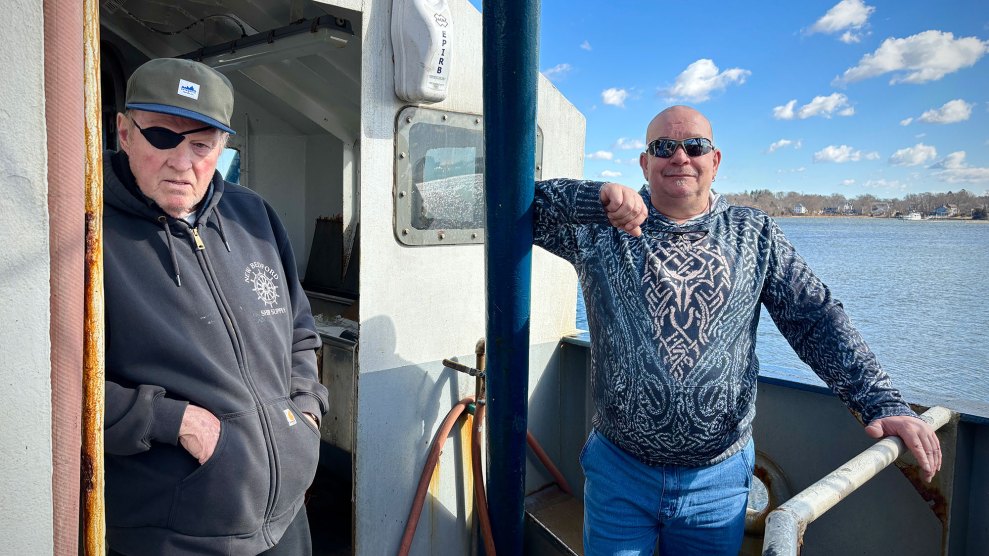Key to Rick Ness’ defense is the argument that “all reputable international organizations that have looked at Buyat Bay” have found the environment to be clean and the villagers unaffected by the mine. In effect, that claim boils down to two studies, neither of which were peer reviewed. One was a Newmont-sponsored environmental study by Australia’s Commonwealth Scientific and Industrial Research Organisation, or csiro. The other involved an international team made up of one scientist each from the Jakarta office of the World Health Organization, Indonesia’s Ministry of Health, and Japan’s National Institute for Minamata Disease, who visited Buyat for four days in 2004. Though Newmont’s supporters frequently suggest that the who has exonerated the company, Dr. Sattar Yoosuf, a director in who‘s Asia regional office, told me that the organization has not “sanctioned or even evaluated” the findings. Independent experts who reviewed the report for Mother Jones were not impressed. It is “overly simplistic,” and “doesn’t support its stated conclusions,” says Dr. Cindy Parker, an instructor at the Johns Hopkins Bloomberg School of Public Health who has studied environmental disasters and public health.
Conclusion (who)
Health effects attributable to mercury “were not observed.”
Except that…
The team did find widespread health problems: 70 percent of villagers reported headaches and 8 percent had neurological disorders, both of which can be linked to mercury exposure. About two-thirds of women of childbearing age had mercury loads that would put their offspring at increased risk of learning disabilities, according to a U.S. government benchmark. The report’s conclusions ignored this data.
Conclusion (csiro)
Buyat Bay “would not be considered a polluted environment.”
Except that…
The study’s data show metal levels in the sediment that are many times higher than North American standards, and they indicate that these toxins could enter the food chain.
Conclusion (who)
Fish in the bay contain “low mercury levels.”
Except that…
The U.S. government cautions children and women of child-bearing age to limit consumption of fish with levels similar to those found at Buyat. Villagers, who eat about a pound of fish per day, could barely consume an ounce before exceeding the epa‘s standard.
Conclusion (csiro)
“Concentration of arsenic in fish muscle” is normal.
Except that…
Indonesians typically eat fish skin and organs, such as the liver, where arsenic concentrates—not just the muscle, or fillet. Even so, based on villagers’ fish consumption, the arsenic levels csiro found indicate they could exceed the epa‘s recommended intake limit.
















